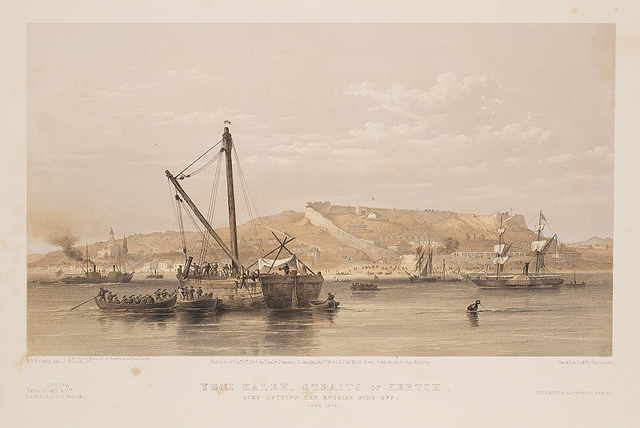It’s taking longer than ever before to hire new employees. Extended time to hire does more than slow HR processes down and make recruiters look bad; time to hire costs impact the whole organisation in less obvious ways.
Reports by management consultants CEB and the National Mean Vacancy Duration show these costs are increasing. New positions take between 28 and 68 days to fill, and the average vacant position costs organisations $500 a day.
Put those figures together, and the average vacancy can cost you upwards of $30,000. That cost is just finding a new employee – there are training and onboarding costs on top of that.
Having a position sit vacant for months costs more than job board and recruitment fees. The most obvious effect is that your team is a person short, but there are other ways growing time to hire impacts your workforce.
Here’s 5 of the biggest issues and contributors to a lengthy time to hire:
1. Time to hire costs increase if your candidate receives another offer.

Source: SMU Central University
Top talent is in demand.
Great candidates are no secret. Never assume you’re the only person to know about a great candidate. Their resume has more than likely graced the desk of other HR professionals. Recruiters will likely have heard of them, and anyone they’ve worked with outside the organisation will want them too.
It doesn’t matter if you’re dealing with active or passive candidates – they will take the first job offer that appeals to them. Being that first offer is what makes a difference to your time to hire costs.
The longer it takes to send an offer, the longer it takes to fill the position. Candidates can’t accept jobs stuck in postage limbo, and internal roadblocks increase time to hire.
Consider time to hire more as ‘time to talent‘. Streamline your time to hire procedure to reach the best candidates faster.
2. Current employees need to pick up the load while teams are a person short.
Your teams are expected to produce the same level of output even when they’re a person short. Employees will take on responsibilities on top of their current workload, tasks that fall outside of their skillset, and work on areas of the business unrelated to their job description.
Pushing your employees too hard means poorer performance overall. Employees must cover work outside of their area of expertise and run the risk of faster burnout. The longer it takes you to fill a position, the longer your employees need to play catch-up on an empty role.
Covering additional responsibilities leads to avoidable mistakes being made, projects requiring more revisions than normal, and those vital minor details being overlooked.
3. Training a new employee can take 6-18 months

Source: SMU Central University
A new employee can take anywhere between 6-18 months to become fully productive. This is the time where they are learning the ropes, developing their skills, and getting to know the organisation. An employee will start operating at full capacity once they’ve developed in these areas.
Extended time to hire costs you additional productivity in training and development. The longer it takes to fill a position, the longer it takes to train a new employee and get them productive.
4. Recruitment firms adding another lengthy step to the hiring process.
Recruiters are not as familiar with your company culture and don’t know who will work well with your team.
They have the added restriction of only having a job description to work off, whereas you have an entire organsiation.
Using external recruiters adds another step to your hiring process, and detaches the job search from the organisation. Time to hire costs from recruiters come in the form of increased fees, and a less targeted search.
5. All the costs involved in being short staffed mount up.

Source: SMU Central University
Being short staffed, team members taking on extra roles, posting job ads and following up resumes, and outsourcing to recruiting firms. These are just some of the factors that equate to the $500 a day cost of vacant positions.
The longer you have a position open, the more time to hire costs mount up. An open position isn’t earning any value. Find the right people faster so they can start bringing value.
Find out how much your new hires could be costing you.
How many people do you hire in a year? Now times that by $500.
HROnboard has developed an onboarding ROI calculator, to measure the potential savings on offer by using employee onboarding software.
Reduce the time it takes to make an offer- cutting back on your time to hire costs as a result.
Hire the best talent whilst saving money on recruitment costs.
